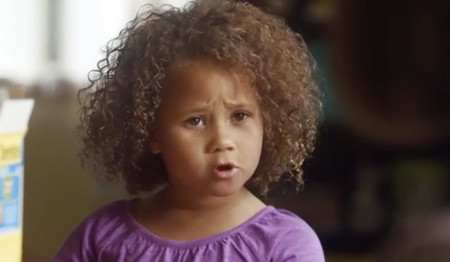YouTube was hit with a major brand safety crisis this week after a blogger revealed that a community of predators have been using the platform to view content in inappropriate ways that exploit children. In the wake of the scandal, some of YouTube’s biggest advertisers, including Disney and AT&T, have pulled the plug on their ad spend – at least for now. To its credit, YouTube has been aggressive in its response, promising to clean up its comments system, improve its video recommendations engine, and apply more stringent brand safety standards.
From a PR perspective, there are a few takeaways from the controversy that are important.
YouTube has learned from its mistakes (believe it or not)
A year ago, YouTube was constantly plagued by brand safety issues. Every brand – from IBM to Under Armour – was pausing ad investment left and right. The frequency of the scandals created notable hesitation among advertisers and marketers. Worse, there was a sense in the industry that YouTube wasn’t being aggressive in dealing with the problem. But that changed in subsequent months after the platform announced new capabilities and initiatives to ensure brand safety, including more human auditing and better technology. YouTube knew, however, that similar controversies would arise in 2019 given the UGC nature of the platform. This time, it was more prepared, and it shows. Compare their response, for example, to Facebook’s reaction to its data privacy scandal, which has gone from bad to worse.
The cycle is predictable, and brands are prepared
From the coverage to the brand responses, there is now a clear pattern after every YouTube brand safety crisis. There is deserved outrage and criticism, followed by major brands walking back ad spend for the platform. Whether you’re Disney or P&G, brands now have a process in place to deal with YouTube’s challenges and protect their standing as good corporate citizens. They can announce that they’re pausing spend, generating more proactive and friendly headlines. Then, quietly, weeks later, they will return to YouTube until the next scandal hits. Rinse and repeat. At the end of the day, YouTube’s audience is too big for advertisers to ignore. And as a longform video platform, its scale is unmatched and irreplaceable.
Each scandal is a win for other platforms and publishers
As YouTube sees negative headlines over its community and the way content is served, other video platforms — from TikTok to Instagram — are likely thrilled. While those platforms are also user-driven, which creates challenges for ensuring appropriate content, any bad story about YouTube is a good story for them. It allows competitors to highlight their value and possibly win YouTube dollars that are ripe for being reinvested. Premium digital publishers also benefit from the scandal. It gives them an opportunity to present their content as a “walled garden” that is high quality and brand-safe by comparison. Bad YouTube stories are good stories for publishers everywhere. And I expect them to newsjack the controversy and shift focus back to their own attributes in order to win over YouTube’s upset partners.
In the end, however, YouTube will be fine. Advertisers will flee, then they’ll return. The rhythm of these controversies is obvious, and for the next scandal, I will likely just repost this piece.


